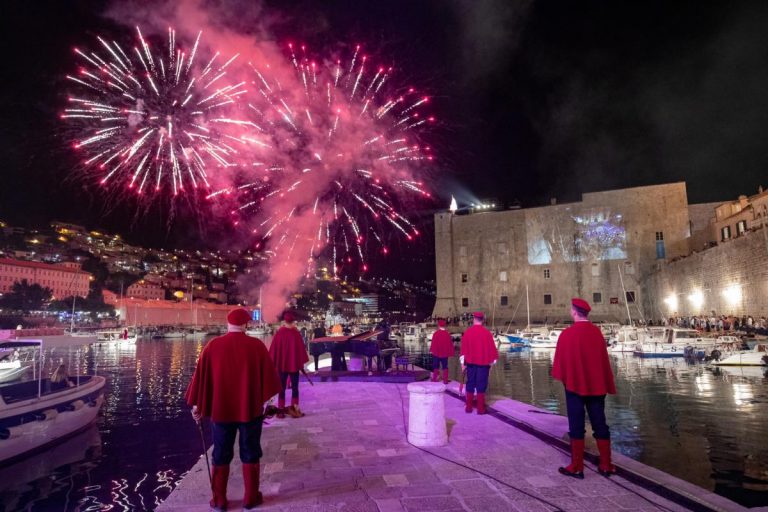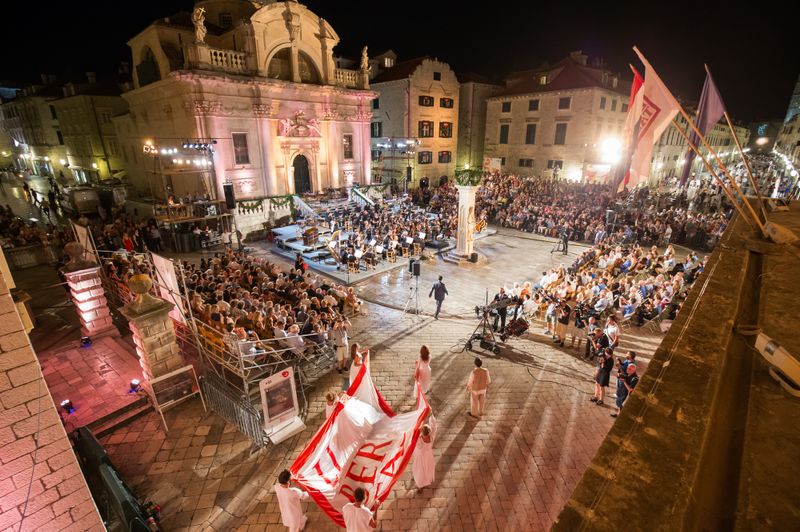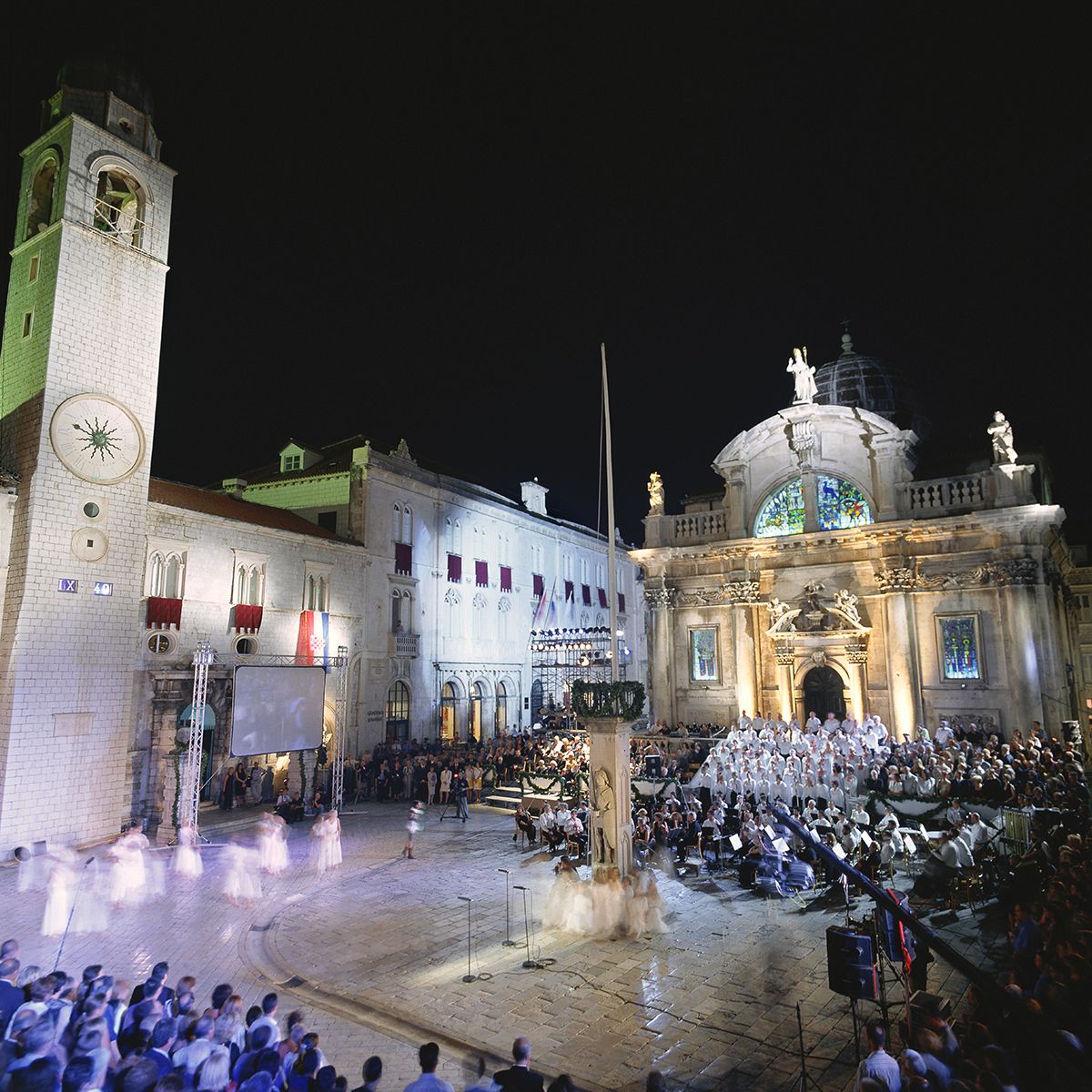Dubrovnik, a gem on the Adriatic Sea, is a city that blends stunning natural beauty with a rich historical heritage. Known as the “Pearl of the Adriatic,” this Croatian city attracts visitors from all over the world, especially during the summer months. Whether you’re a history buff, a culture enthusiast, or simply looking to enjoy beautiful beaches and vibrant festivals, Dubrovnik has something for everyone. Let’s dive into what makes this city a must-visit destination, especially during the summer.
The Historic Charm of Dubrovnik
Dubrovnik’s Old Town, a UNESCO World Heritage site, is a marvel of medieval architecture. The city walls, which date back to the 10th century, are among the most well-preserved fortifications in Europe. Walking along these walls offers breathtaking views of the city and the surrounding sea. Key landmarks such as the Rector’s Palace, Sponza Palace, and the Franciscan Monastery are must-visit spots that showcase the city’s rich history and cultural heritage.
The City Walls
The city walls stretch nearly 2 kilometers and encompass the Old Town, providing panoramic views of the Adriatic Sea and the city itself. Walking the entire length of the walls takes about two hours, offering numerous photo opportunities and a deeper understanding of Dubrovnik’s strategic importance through history.
Rector’s Palace
Once the seat of the Rector of the Republic of Ragusa, Rector’s Palace is an architectural masterpiece that now serves as a museum. It offers insight into the political and cultural history of Dubrovnik, with exhibits ranging from artifacts to portraits of historical figures.
Sponza Palace
Sponza Palace, with its stunning Gothic-Renaissance architecture, has been a pivotal building in Dubrovnik’s history. It now houses the city archives, which contain documents dating back to the 12th century, offering a glimpse into the city’s storied past.
Summer Festivals: Celebrating Culture and Tradition
Summer in Dubrovnik is synonymous with festivals that bring the city’s streets to life. The Dubrovnik Summer Festival, held annually from mid-July to late August, is a highlight of the cultural calendar. This festival showcases a variety of performances, including theater, music, and dance, set against the backdrop of the city’s historic architecture.
Dubrovnik Summer Festival
Established in 1950, the Dubrovnik Summer Festival is one of the oldest and most prestigious cultural events in Croatia. Performances are held in various open-air venues throughout the city, including the Lovrijenac Fortress and the Rector’s Palace courtyard. The festival attracts renowned artists and performers from around the world, making it a truly international event.
International Folklore Festival
Another notable event is the International Folklore Festival, which celebrates traditional Croatian music, dance, and costumes. This festival is a fantastic opportunity to experience the rich cultural heritage of Croatia and its neighboring countries, with performances taking place in the picturesque setting of Dubrovnik’s Old Town.
The Feast of St. Blaise
While not strictly a summer festival, the Feast of St. Blaise, held on February 3rd, is worth mentioning for those planning a longer stay. St. Blaise is the patron saint of Dubrovnik, and the festival in his honor is a significant cultural and religious event featuring processions, concerts, and other festivities.
Pristine Beaches and Island Hopping
Dubrovnik is not just about history and culture; it’s also a fantastic destination for beach lovers. The city boasts several pristine beaches where visitors can relax and soak up the sun. Banje Beach, located just outside the city walls, is one of the most popular, offering stunning views of the Old Town and the island of Lokrum.
Banje Beach
Banje Beach is a pebble beach with crystal-clear waters, perfect for swimming and sunbathing. The beach is well-equipped with sunbeds and umbrellas and offers a range of water sports, including jet skiing and parasailing. The nearby beach bars and restaurants provide a lively atmosphere, making it a favorite spot for both locals and tourists.
Lokrum Island
A short boat ride from Dubrovnik, Lokrum Island is a haven of natural beauty and tranquility. The island is home to a botanical garden, a Benedictine monastery, and several walking trails. Visitors can swim in the Dead Sea, a small saltwater lake, or explore the island’s many hidden coves and beaches.
Elafiti Islands
For those looking to venture further, the Elafiti Islands are a must-visit. This archipelago consists of several small islands, each with its own unique charm. Koločep, Lopud, and Šipan are the most visited, offering beautiful beaches, historic sites, and lush landscapes. Island hopping tours are available, allowing visitors to explore multiple islands in a single day.
Culinary Delights: A Gastronomic Journey
Dubrovnik’s culinary scene is as diverse as its history. The city’s cuisine is a blend of Mediterranean and Croatian flavors, with an emphasis on fresh seafood. Dining in Dubrovnik offers a chance to savor local delicacies while enjoying stunning views of the Adriatic Sea.
Seafood Specialties
Seafood lovers will be in paradise in Dubrovnik. Freshly caught fish, octopus, and shellfish are staples of the local diet. Dishes such as black risotto (made with cuttlefish ink) and grilled fish are popular choices. Many restaurants source their seafood directly from local fishermen, ensuring the highest quality and freshness.
Local Wine and Olive Oil
Dubrovnik is also known for its excellent wines and olive oil. The Pelješac Peninsula, located just north of the city, is a renowned wine-producing region. Visitors can take a wine tour to sample some of the best local wines, including Plavac Mali and Dingač. Dubrovnik’s olive oil is equally impressive, with many local producers offering tastings and tours.
Traditional Desserts
No meal in Dubrovnik is complete without trying some traditional desserts. Rozata, a caramel custard pudding, is a local favorite, as is Dubrovnik’s version of candied orange peel. These sweet treats provide the perfect end to a delicious meal.
Practical Tips for Visiting Dubrovnik
To make the most of your visit to Dubrovnik, here are some practical tips:
Best Time to Visit
The best time to visit Dubrovnik is during the shoulder seasons of late spring (May and June) and early autumn (September and October). During these times, the weather is pleasant, and the crowds are smaller compared to the peak summer months.
Getting Around
Dubrovnik is a compact city, and most of the attractions are within walking distance of each other. The public bus system is efficient and covers the main areas of the city. Taxis and ride-sharing services are also readily available.
Currency and Payments
The local currency is the Croatian Kuna (HRK). While many establishments accept credit cards, it’s a good idea to carry some cash for smaller purchases and tips.
Language
The official language is Croatian, but English is widely spoken, especially in tourist areas. Learning a few basic Croatian phrases can enhance your experience and is always appreciated by the locals.
Conclusion
Dubrovnik is a city that captivates with its blend of history, culture, and natural beauty. Whether you’re exploring the ancient city walls, enjoying a summer festival, or relaxing on a pristine beach, Dubrovnik offers an unforgettable experience. Plan your visit to this Adriatic jewel and discover the magic that awaits in Dubrovnik.


